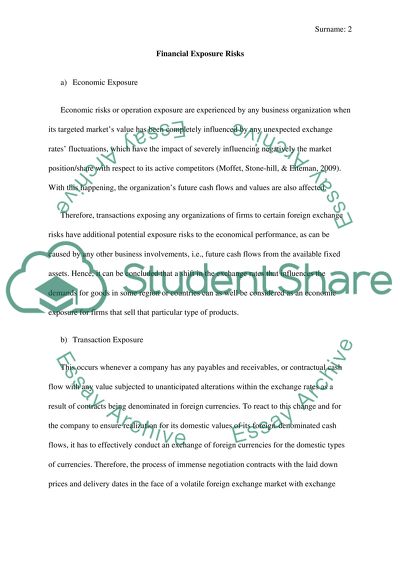Cite this document
(Derivatives and Foreign Exchange Coursework Example | Topics and Well Written Essays - 2500 words, n.d.)
Derivatives and Foreign Exchange Coursework Example | Topics and Well Written Essays - 2500 words. Retrieved from https://studentshare.org/finance-accounting/1496116-derivatives-and-foreign-exchange
Derivatives and Foreign Exchange Coursework Example | Topics and Well Written Essays - 2500 words. Retrieved from https://studentshare.org/finance-accounting/1496116-derivatives-and-foreign-exchange
(Derivatives and Foreign Exchange Coursework Example | Topics and Well Written Essays - 2500 Words)
Derivatives and Foreign Exchange Coursework Example | Topics and Well Written Essays - 2500 Words. https://studentshare.org/finance-accounting/1496116-derivatives-and-foreign-exchange.
Derivatives and Foreign Exchange Coursework Example | Topics and Well Written Essays - 2500 Words. https://studentshare.org/finance-accounting/1496116-derivatives-and-foreign-exchange.
“Derivatives and Foreign Exchange Coursework Example | Topics and Well Written Essays - 2500 Words”, n.d. https://studentshare.org/finance-accounting/1496116-derivatives-and-foreign-exchange.


